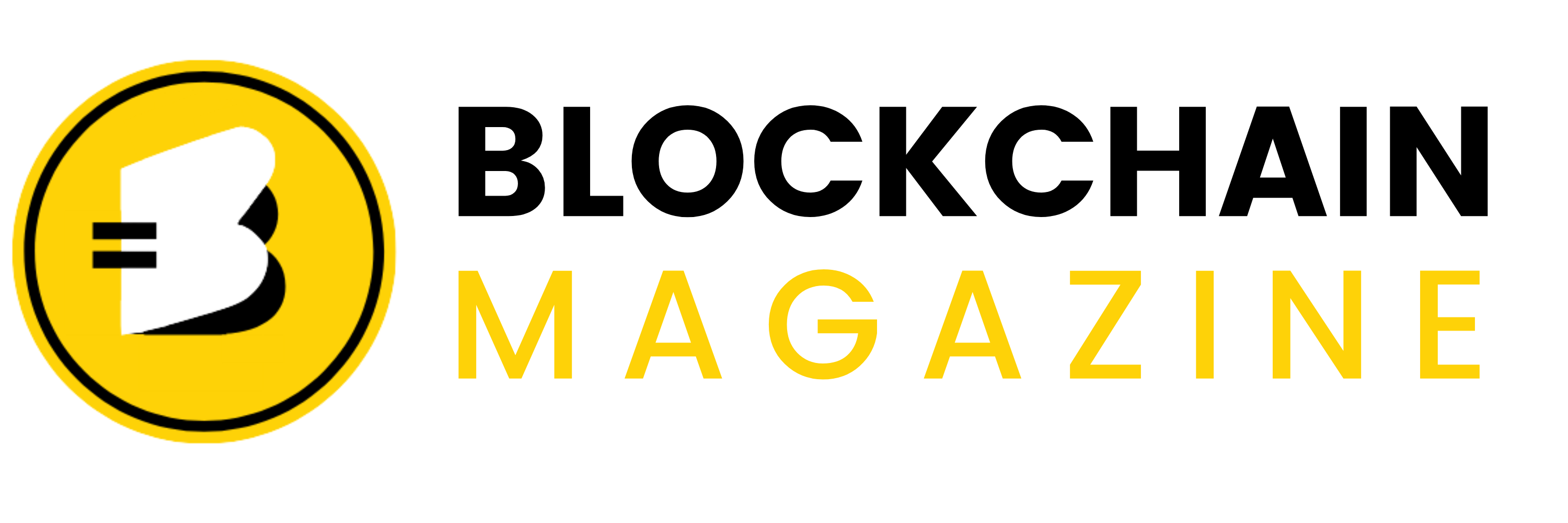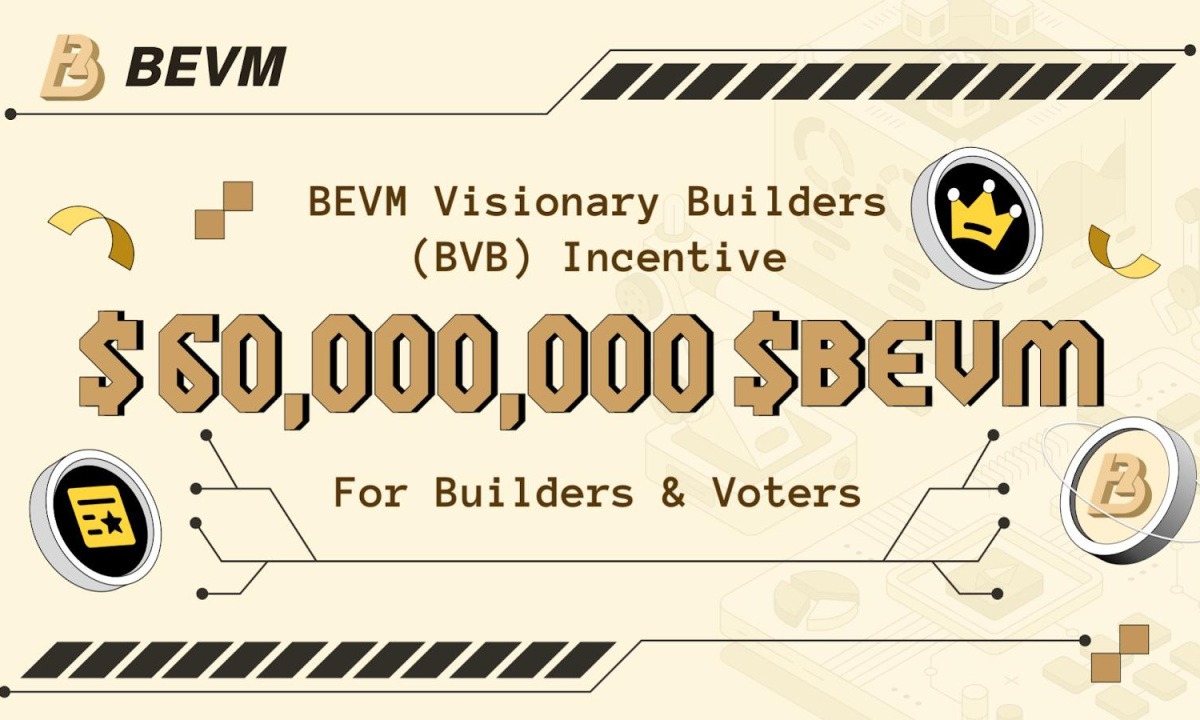Coldware (COLD) Leads the Next Wave of Blockchain Growth – Experts Weigh in and Compare if Coldware’s Proof-of-Stake Model is More Efficient than HYPE’s
While Hyperliquid (HYPE) has made waves with its high-frequency trading capabilities and revenue-generating model, Coldware (COLD) is emerging as a superior alternative due to its energy-efficient Proof-of-Stake (PoS) mechanism. As more investors shift toward sustainable and scalable blockchain models, the battle between Coldware (COLD) and Hyperliquid (HYPE) is heating up. But which network is better positioned for the future? Experts weigh in on the strengths and weaknesses of each project.
Hyperliquid (HYPE): The High-Performance Trading Blockchain
Since its launch, Hyperliquid (HYPE) has positioned itself as a high-frequency trading powerhouse. The network focuses on perpetual futures trading, attracting institutional investors and professional traders.
Hyperliquid recently surpassed Ethereum (ETH) in seven-day revenue, generating approximately $12.8 million, compared to Ethereum’s $11.5 million. This impressive milestone highlights the network’s growing dominance in the decentralized finance (DeFi) and trading sectors.
Despite these achievements, Hyperliquid (HYPE) faces challenges:
- High Transaction Fees – The platform prioritizes high-frequency traders, leading to costly transactions for retail investors.
- Scalability Limitations – Unlike Coldware’s modular PoS design, Hyperliquid’s infrastructure still faces congestion issues.
- Limited Smart Contract Utility – Hyperliquid’s smart contract ecosystem remains underdeveloped, limiting use cases beyond trading.
While Hyperliquid’s dominance in derivatives trading is clear, its PoS model struggles with energy efficiency and decentralization, where Coldware (COLD) has a competitive advantage.

Coldware (COLD): The Future of Scalable and Efficient Proof-of-Stake
Coldware (COLD) has emerged as a next-generation PoS blockchain, emphasizing scalability, decentralization, and energy efficiency. Unlike traditional PoS networks, Coldware uses an optimized consensus mechanism that reduces network congestion and enhances transaction finality.
What Makes Coldware’s PoS More Efficient
- Adaptive Staking Model
- Coldware allows both full nodes and LiteNodes to participate in validation, significantly lowering the barrier to entry for users.
- This structure enhances network decentralization while reducing energy consumption.
- Energy-Efficient Validation
- Unlike Hyperliquid (HYPE), which relies on energy-intensive validators, Coldware’s PoS protocol minimizes computational costs.
- The network operates without unnecessary resource waste, making it a greener alternative.
- Faster Block Finality & Lower Fees
- Coldware’s multi-chain architecture ensures near-instant transactions, significantly outpacing Hyperliquid’s throughput.
- The low-cost validation process reduces transaction fees, making it more accessible for developers and retail investors.
By implementing LiteNodes, Coldware not only increases accessibility but also optimizes the efficiency of its Proof-of-Stake system, giving it a clear edge over Hyperliquid.

Coldware (COLD) vs. Hyperliquid (HYPE): PoS Efficiency Comparison
Coldware (COLD) uses an optimized Proof-of-Stake mechanism with adaptive staking, ensuring that validators can participate with lower hardware requirements. In contrast, Hyperliquid (HYPE) operates on a PoS model focused on high-frequency trading, which demands higher computational power.
When it comes to transaction speed, Coldware offers near-instant finality, significantly reducing delays. Hyperliquid also provides fast transactions, but it faces congestion issues, especially during high trading volumes.
In terms of scalability, Coldware employs modular sharding, allowing for unlimited scaling as network demand increases. Hyperliquid, while capable of handling large transaction volumes, has limited scalability due to its trading-focused architecture.
From an energy efficiency standpoint, Coldware is built to be a low-power PoS system, requiring minimal computational resources to validate transactions. Hyperliquid, on the other hand, relies on high-powered validators, making it more resource-intensive.
When it comes to decentralization, Coldware promotes a highly decentralized network through its LiteNode structure, allowing a broader range of participants to validate transactions.
Hyperliquid, by contrast, has a moderate level of decentralization, but its structure leans towards centralized trading operations, limiting broader validator participation.
These distinctions highlight why Coldware (COLD) is a more efficient, scalable, and sustainable PoS blockchain compared to Hyperliquid (HYPE), making it an attractive choice for developers and investors looking for long-term blockchain solutions.
Why Experts Predict Coldware (COLD) Will Outperform Hyperliquid (HYPE)
While Hyperliquid (HYPE) has dominated trading, it faces fundamental limitations that could hinder long-term adoption. Experts believe Coldware’s PoS model is better suited for mass adoption due to the following reasons:
- Higher Decentralization
- Coldware ensures that validators are widely distributed, preventing centralized control over the network.
- Hyperliquid’s focus on institutional trading creates an imbalanced validator network, reducing decentralization.
- More Sustainable Blockchain Model
- Coldware’s low-energy PoS structure reduces blockchain carbon footprint, making it attractive to ESG-focused investors.
- Hyperliquid, on the other hand, prioritizes transaction speed over sustainability.
- Superior Scalability for Future Growth
- Coldware is built for future-proof blockchain applications, supporting smart contracts, DeFi, and enterprise adoption.
- Hyperliquid’s trading-focused ecosystem limits its scalability beyond derivatives.
These factors highlight Coldware’s long-term potential, positioning it as a more sustainable and scalable PoS blockchain than Hyperliquid (HYPE).
While Hyperliquid (HYPE) remains a strong player in high-frequency trading, its PoS efficiency is limited by high validation costs, centralization, and a lack of broad use cases. Coldware (COLD), on the other hand, is redefining PoS efficiency by introducing adaptive staking, mobile LiteNodes, and ultra-fast transaction processing.
With blockchain networks moving towards scalability and sustainability, Coldware (COLD) stands out as the more efficient PoS model. Its inclusive validation process, low-energy consumption, and decentralized architecture make it a leading contender for the future of blockchain efficiency.
As experts predict Coldware’s PoS network will outperform Hyperliquid (HYPE) in the long run, investors are beginning to shift their attention to Coldware’s next-generation blockchain—one that is not only more sustainable but also more accessible.
With Coldware leading the way in Proof-of-Stake efficiency, the question remains: Is this the blockchain that will set the new standard for PoS systems?
For more information, visit Coldware (COLD)
Join and become a community member: https://t.me/coldwarenetwork
Stay informed with daily updates from Blockchain Magazine on Google News. Click here to follow us and mark as favorite: [Blockchain Magazine on Google News].
Get Blockchain Insights In Inbox
Stay ahead of the curve with expert analysis and market updates.
latest from tech
Disclaimer: Any post shared by a third-party agency are sponsored and Blockchain Magazine has no views on any such posts. The views and opinions expressed in this post are those of the clients and do not necessarily reflect the official policy or position of Blockchain Magazine. The information provided in this post is for informational purposes only and should not be considered as financial, investment, or professional advice. Blockchain Magazine does not endorse or promote any specific products, services, or companies mentioned in this posts. Readers are encouraged to conduct their own research and consult with a qualified professional before making any financial decisions. The featured image used is just a creative depiction of the title and it does not intend to hurt sentiments of any person or institution. If it hurts anyone sentiments, please do not hesitate to reach out to Blockchain Magazine.

 Bitcoin
Bitcoin  Ethereum
Ethereum  XRP
XRP  Tether
Tether  Solana
Solana  USDC
USDC  Dogecoin
Dogecoin  Cardano
Cardano  Lido Staked Ether
Lido Staked Ether  TRON
TRON  Chainlink
Chainlink  Wrapped Bitcoin
Wrapped Bitcoin  Sui
Sui  Wrapped stETH
Wrapped stETH  Avalanche
Avalanche  Stellar
Stellar  Hedera
Hedera  Toncoin
Toncoin  Shiba Inu
Shiba Inu  LEO Token
LEO Token  Hyperliquid
Hyperliquid  Bitget Token
Bitget Token  Litecoin
Litecoin  WETH
WETH  USDS
USDS  Polkadot
Polkadot  Bitcoin Cash
Bitcoin Cash  Ethena USDe
Ethena USDe  MANTRA
MANTRA  Wrapped eETH
Wrapped eETH  Uniswap
Uniswap  Ondo
Ondo  Pepe
Pepe  Monero
Monero  Aave
Aave  NEAR Protocol
NEAR Protocol  WhiteBIT Coin
WhiteBIT Coin  Mantle
Mantle  Official Trump
Official Trump  Aptos
Aptos  Dai
Dai  Internet Computer
Internet Computer  Ethereum Classic
Ethereum Classic  Bittensor
Bittensor  Cronos
Cronos  OKB
OKB  POL (ex-MATIC)
POL (ex-MATIC)  Gate
Gate 




